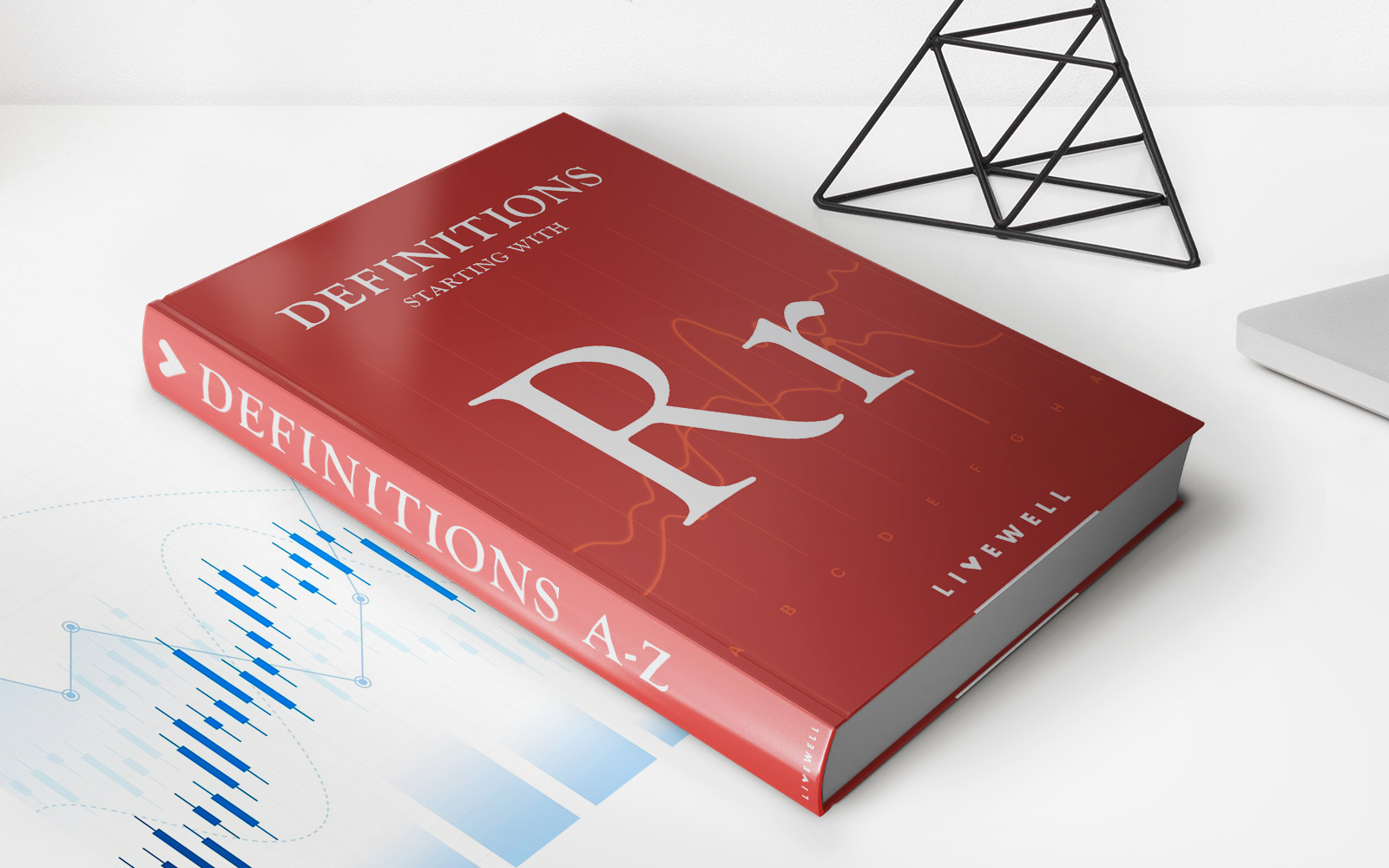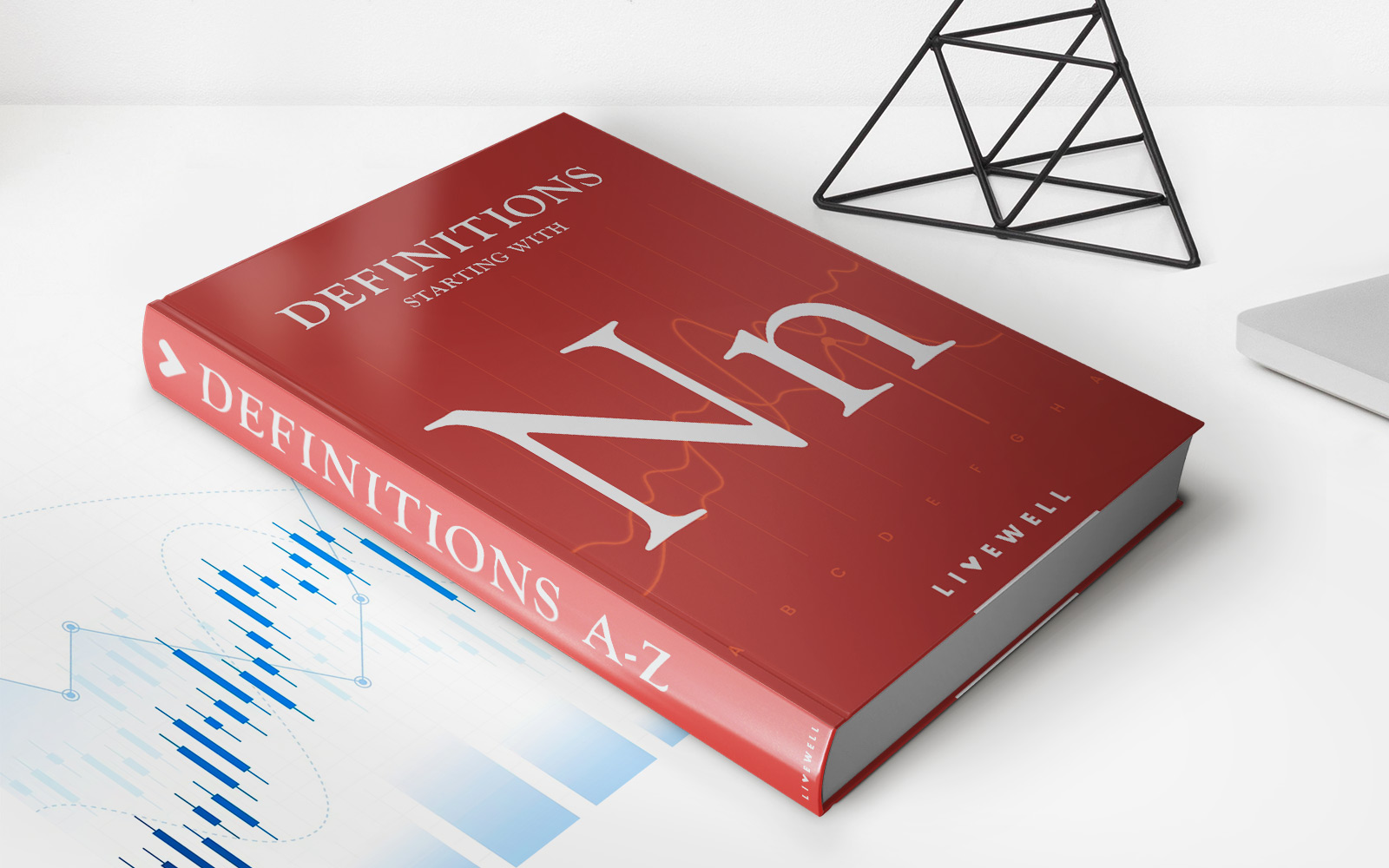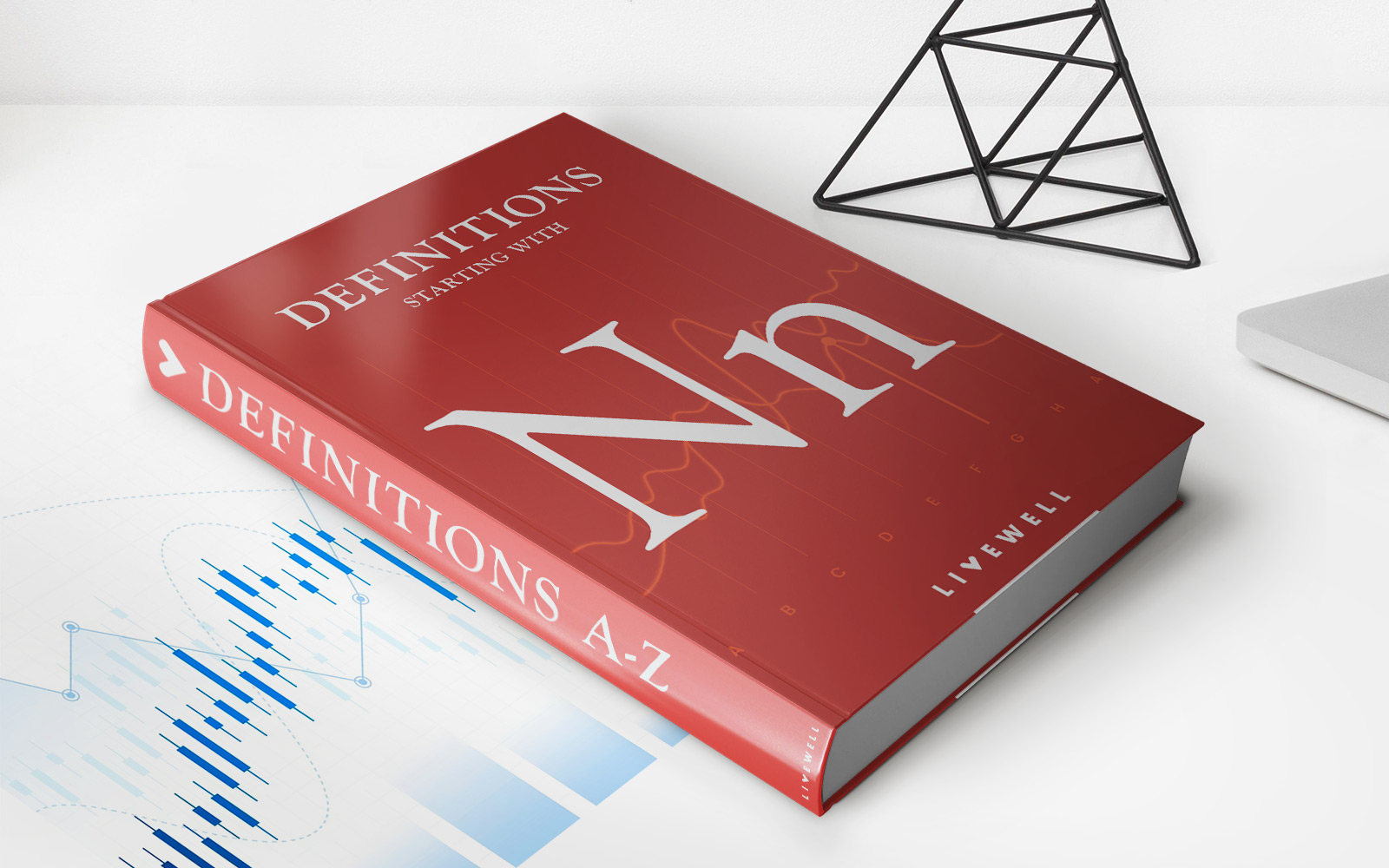

Finance
Indicated Dividend Definition
Published: December 8, 2023
Learn the definition of indicated dividend in finance and how it impacts investors' returns. Enhance your financial knowledge with our comprehensive guide.
(Many of the links in this article redirect to a specific reviewed product. Your purchase of these products through affiliate links helps to generate commission for LiveWell, at no extra cost. Learn more)
Indicated Dividend Definition: Understanding the Basics of Finance
Welcome to our Finance category, where we provide insightful articles on various financial topics. In this blog post, we will be exploring the concept of the indicated dividend, a key term in the world of investing. If you’re new to finance or looking to expand your knowledge, this article is a great starting point. So, let’s dive in!
What is an Indicated Dividend? An Explanation for Beginners
Before we delve into the nitty-gritty details, let’s answer the fundamental question: what is an indicated dividend? Simply put, **indicated dividend** refers to the estimated annual dividend payout per share of a company’s stock.
Companies often declare dividends as a way to distribute a portion of their profits to shareholders. The indicated dividend is an essential metric for investors as it helps them evaluate the potential income they can earn from holding or investing in a particular stock. It provides insights into the company’s profitability and its commitment to rewarding shareholders.
Key Takeaways:
- The indicated dividend is the estimated annual dividend payout per share of a stock.
- It helps investors evaluate potential income and assess a company’s profitability.
How is the Indicated Dividend Calculated?
Now that we understand the basics, let’s explore how indicated dividends are calculated. While the process may differ slightly depending on the company, the general formula is as follows:
- Obtain the company’s net income (usually found in their financial statements).
- Determine the dividend payout ratio, which is the proportion of net income allocated to dividends.
- Multiply the net income by the dividend payout ratio to calculate the total dividend amount.
- Divide the total dividend amount by the number of outstanding shares to obtain the indicated dividend per share.
Keep in mind that the indicated dividend is an estimate since it is based on past financial data. Companies may adjust their dividends based on various factors, including changes in profitability, business strategies, or economic conditions.
Note: It’s always important to conduct thorough research and analysis before making investment decisions, as the indicated dividend is just one piece of the puzzle.
Investing with Indicated Dividends: Benefits and Risks
Investors often find indicated dividends attractive for several reasons. Here are a few key benefits:
- Steady Income: Indicated dividends provide a potential source of regular income for investors.
- Portfolio Diversification: Companies that pay consistent and reliable dividends can enhance portfolio stability and reduce risk.
- Long-term Growth: Dividend-paying stocks, especially those with a history of increasing dividends, can provide long-term growth opportunities.
However, it’s essential to consider the potential risks associated with indicated dividends:
- Market Volatility: Dividends are not guaranteed, and companies may reduce or eliminate them during difficult economic periods or when facing financial challenges.
- Opportunity Cost: Investing in dividend-paying stocks may mean forgoing potential gains from growth-oriented or non-dividend-paying stocks.
- Tax Considerations: Dividends may be subject to taxation at the individual investor’s tax rate.
Conclusion
In summary, the indicated dividend is an estimated annual dividend payout per share of a company’s stock. It is an important metric for investors to assess potential income and evaluate a company’s profitability. However, it’s crucial to recognize that indicated dividends are estimates and may vary based on various factors.
Remember to conduct thorough research, consider the benefits and risks, and consult with a financial advisor before making investment decisions. By understanding the indicated dividend and its implications, you can navigate the world of finance with increased confidence.














